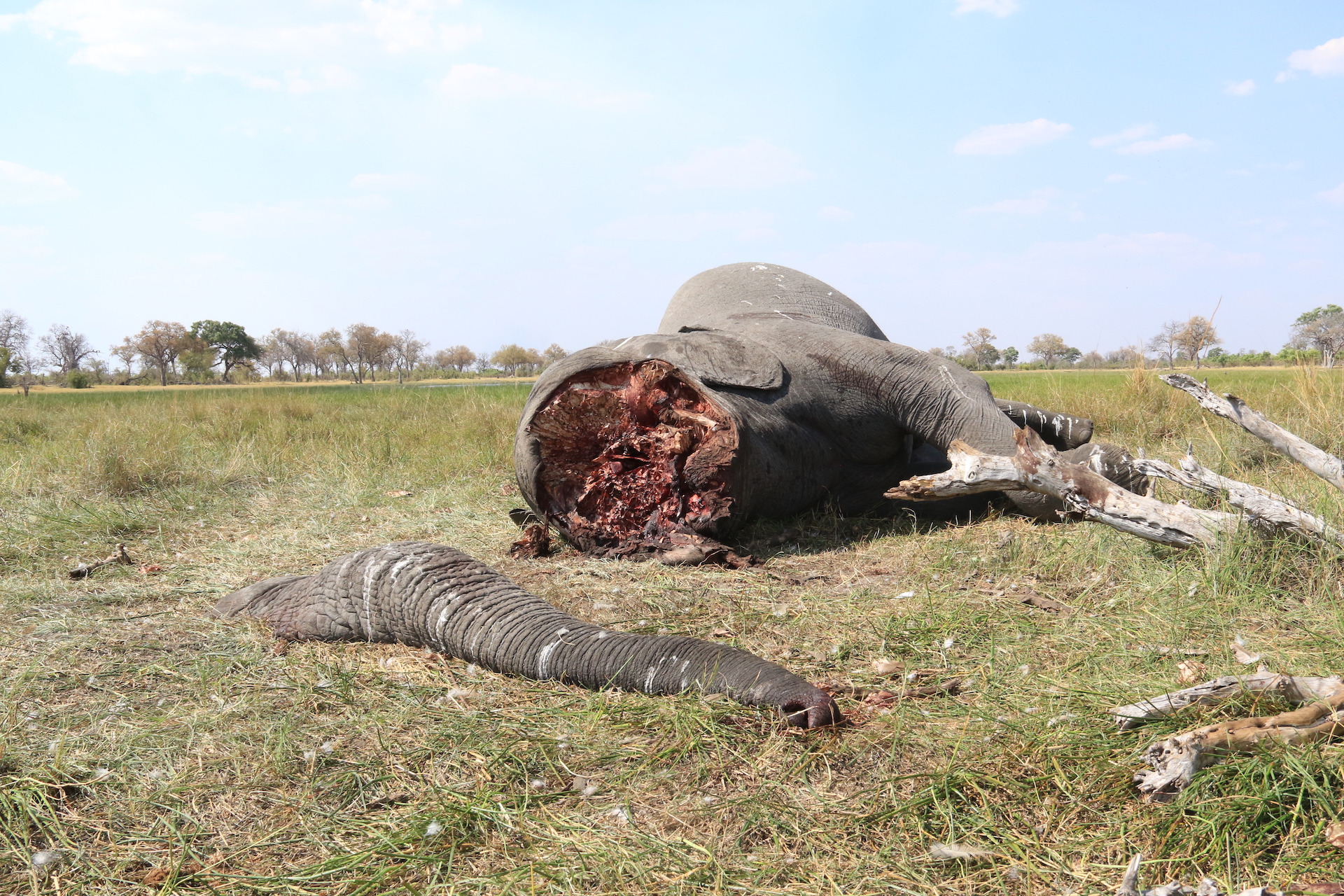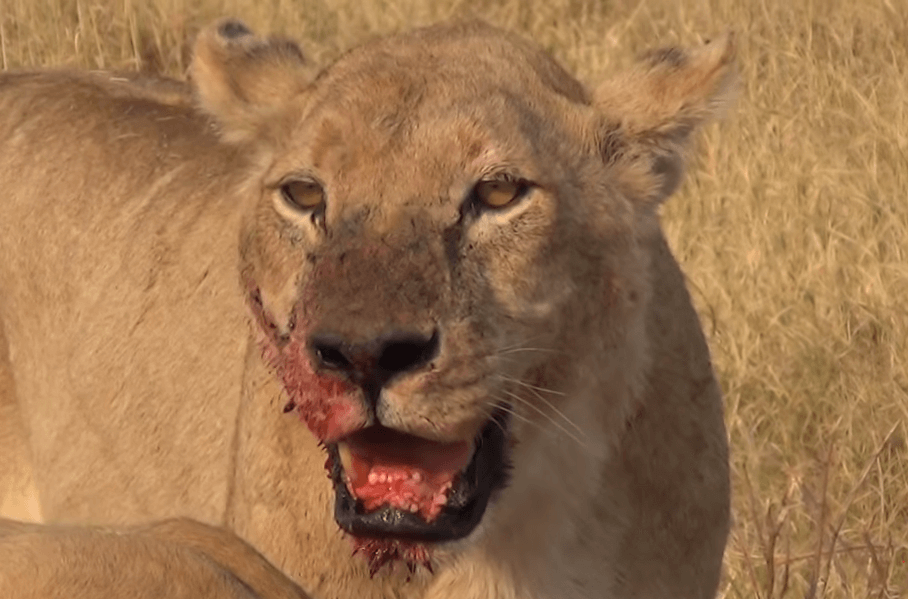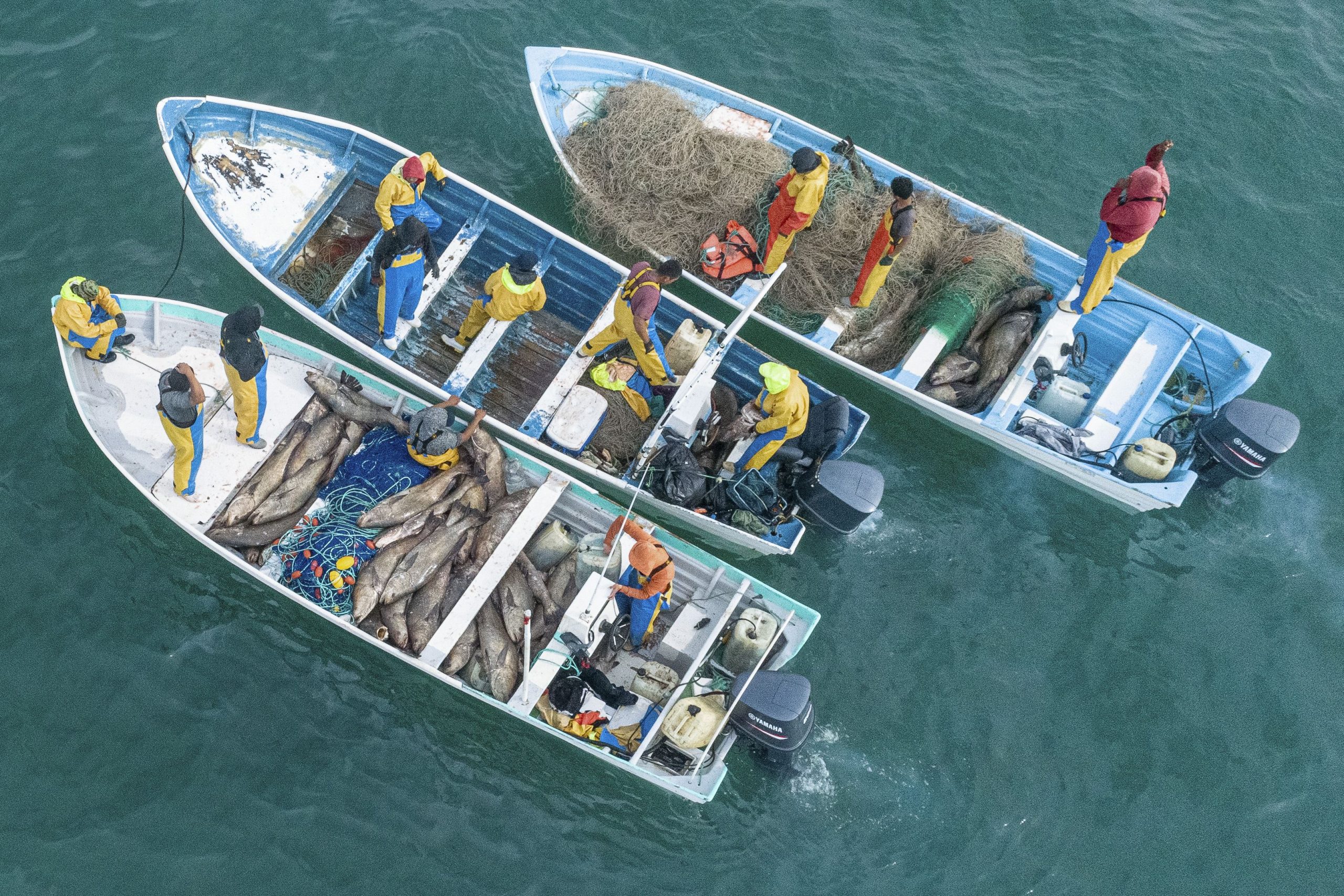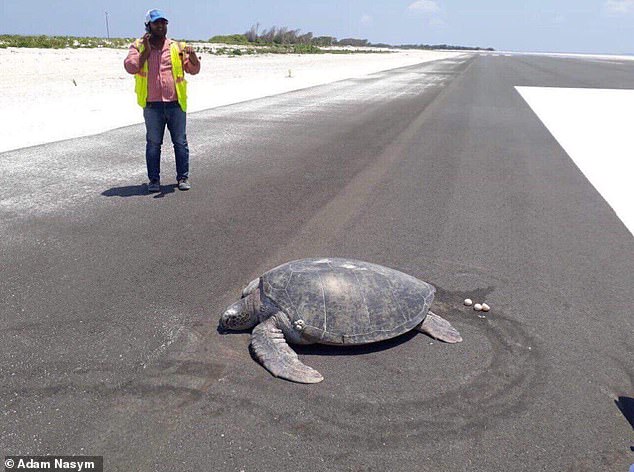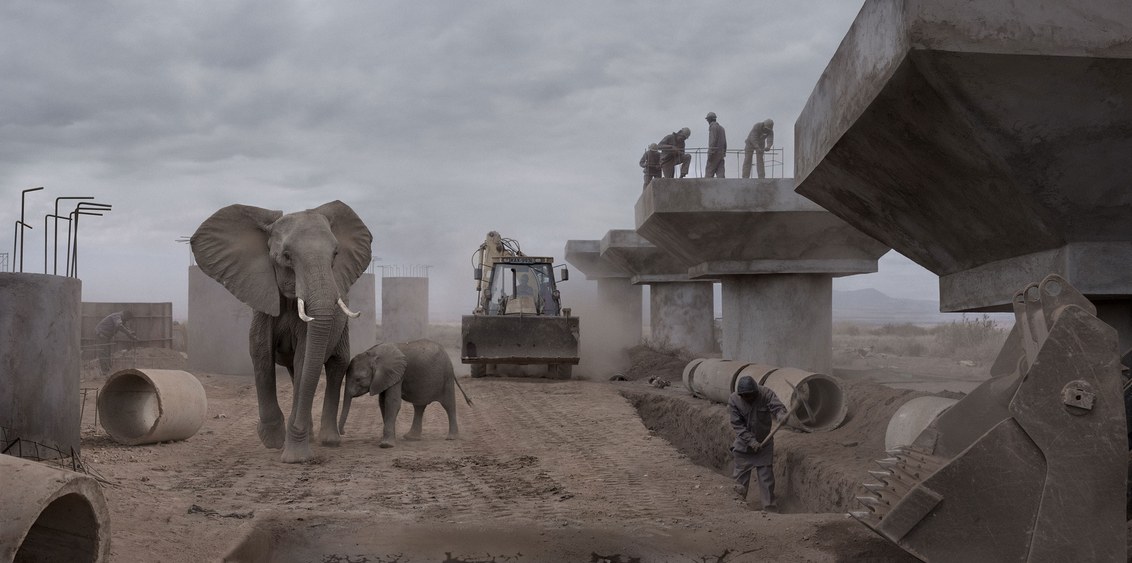By Michael Chase and Scott Schlossberg, Elephants Without Borders
A response to: Kathleen Alexander - Virginia Tech University, John (Tico) McNutt - Botswana Predator Conservation Trust, and Mark Vandewalle - CARACAL.
Clearing up misconceptions about Botswana elephant poaching
In a September 2018 article in Africa Geographic, three scientists—Kathleen Alexander, J.W. McNutt, and Mark Vandewalle—questioned Elephants Without Borders’ account of large numbers of poached carcasses in northern Botswana. Dr Alexander also criticized Elephants Without Borders (EWB) in an article in the New York Times and Safarious.
Alexander did not see any of our original data, nor did they request it from us. Disagreements in the scientific community can be a good thing but passing judgment on others’ research without seeing their data is malpractice.
These claims made by Alexander need to be answered in the interest of elephant conservation. Here, using our peer reviewed report, we set the record straight on elephant poaching in Botswana.
Claim 1: EWB exaggerated the scale of poaching.
“But it’s clear that the allegations of scale are imagined.” (New York Times)
“There is no scientific basis for the dramatic assertions of elephant poaching in Botswana made in recent media reports” says Kathleen Alexander. (Safarious)
Alexander and her co-authors got the numbers all wrong when trying to dismantle our claims about poaching.
They also appeared to not understand the difference between ‘observed’ and ‘estimated’ numbers of elephant carcasses. On our 2014 survey we only saw 18 fresh elephant carcasses and estimated a total of 130 fresh carcasses for all of northern Botswana.
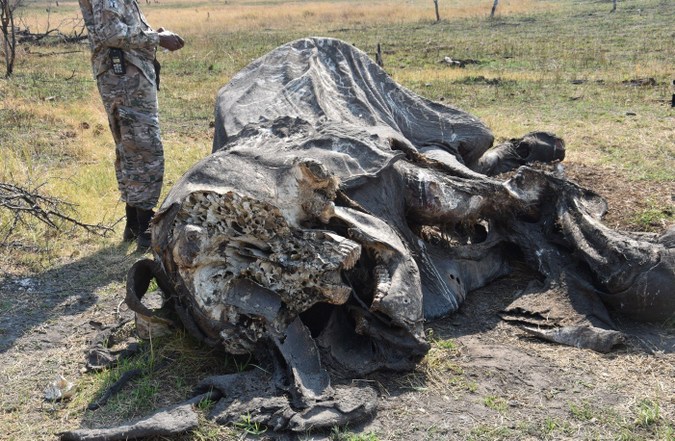
None of those carcasses were suspected poached. By early September 2018, we had reported 87 poached carcasses to the Government of Botswana. By the end of the survey we had seen even more.
Alexander and her co-authors were wrong in comparing the 87 carcasses observed in a relatively small area in 2018 to the estimate of 130 for the whole country in 2014.
Elephant poaching in Botswana is nearly 600% more than in 2014
When the 2018 survey was complete, we estimated a total of 837 fresh carcasses for northern Botswana. This is nearly 600% more than in 2014!3
We continued to verify a limited sample set of carcasses in an area observed as a “hotspot” to assess cause of death. Of the 79 carcasses examined on the ground, 63 were confirmed as poached. Thus, we confirmed 157 carcasses as poached.
In September 2018, we said to the BBC, “we are recording double the number of fresh poached elephants than anywhere else in Africa.” This statement is true.
The estimate of 837 fresh carcasses is roughly double the number of fresh carcasses estimated in any other country on the 2014-2015 Great Elephant Census.
Our estimate was greater than the estimates for all of Tanzania (428), Angola (394), or Mozambique (297), countries with major poaching problems. So, the number of fresh carcasses we saw in Botswana poaching hotspots is consistent with a serious poaching problem.
Our report was peer-reviewed by nine scientists who agreed with our conclusions that a worrisome increase in poaching is occurring. There is no exaggeration of the problem.
Claim 2: Observers cannot determine if a carcass was poached by viewing it from an airplane
“simply not possible to attribute cause of death from fixed‑wing aircraft.” (New York Times)
During our 2018 aerial survey, when an observer saw a potentially poached carcass (missing tusks or covered with cut branches), we circled the carcass with the plane and took photographs.
To be absolutely certain that these elephants were poached, we used helicopters to visit 72 fresh carcasses seen on the survey that we suspected were poached.
When we got close-up looks, either on the ground or from low elevation in the helicopter, all 72 of those carcasses were clearly poached. Their skulls had been hacked apart by poachers to remove the tusks. Most were covered with branches to hide them.
Another 22 carcasses photographed during the aerial survey, showed clear evidence that they were also poached. So, 100% of the suspected poached carcasses that we have checked are confirmed as poached. We are confident in the ability of our highly experienced observers to recognize a poached carcass from the air.
Claim 3: The Government of Botswana chops tusks from dead elephants
“The Botswana military…removes tusks from all elephant carcasses. The process to remove the ivory is the same as that used by poachers.” (Africa Geographic)
From 20 years of field observations in northern Botswana, I can state that elephant tusks are normally only pulled out from the skull of an old decomposed carcass, not a fresh one.
Tusks are not chopped from the skull unless the elephant was killed close to human settlements. Most elephants killed near settlements, are either butchered for meat or burned.
Nearly all the poached elephants we observed were far from towns or villages. We also know that the authorities do not cover carcasses with bushes. The authorities typically mark carcasses they have visited with spray paint, which was not seen on the poached carcasses we visited.
During the survey, we saw hundreds of carcasses of various age classes that still had their tusks intact. Not “all” are collected.
All the poached elephants that we examined on the ground were bulls, mostly aged 35-55, which means that they would have had relatively large tusks. We know that poachers elsewhere in Africa specifically target bulls, especially when they move into a new area.
Claim 4: Botswana has a healthy, growing elephant population
“Botswana has a growing, healthy elephant population” (New York Times)
Our estimate of 126,000 elephants in 2018 is practically identical to the numbers we reported in 2014. So, the elephant population in Botswana is currently stable, not growing.
A healthy elephant population should be growing at 3-5% or more per year. “Evidence” for a growing elephant population in Botswana relies on the results of a 2012 survey by Botswana’s Department of Wildlife and National Parks (DWNP).
They claimed a national population of over 200,000 elephants in 2012. DWNP uses low-intensity surveys where they sample just a small portion of the elephant population (around 4%) and extrapolate from there.
Low-intensity surveys can produce imprecise results. EWB surveys cover three times as much ground as the government’s and should produce better population estimates as a result.
Botswana’s elephant population is not healthy
Regardless of whether or not the overall population is growing, Botswana’s elephant population is not healthy everywhere. The large numbers of poached carcasses that we documented indicate a growing problem.
In Chobe National Park, elephant populations have decreased by 42% since 2010. In the poaching hotspots we identified, elephant populations are down 16% since 2014. These numbers do not indicate healthy populations.
Source: Safarious & Elephants Without Borders
Photo: Elephants Without Borders
